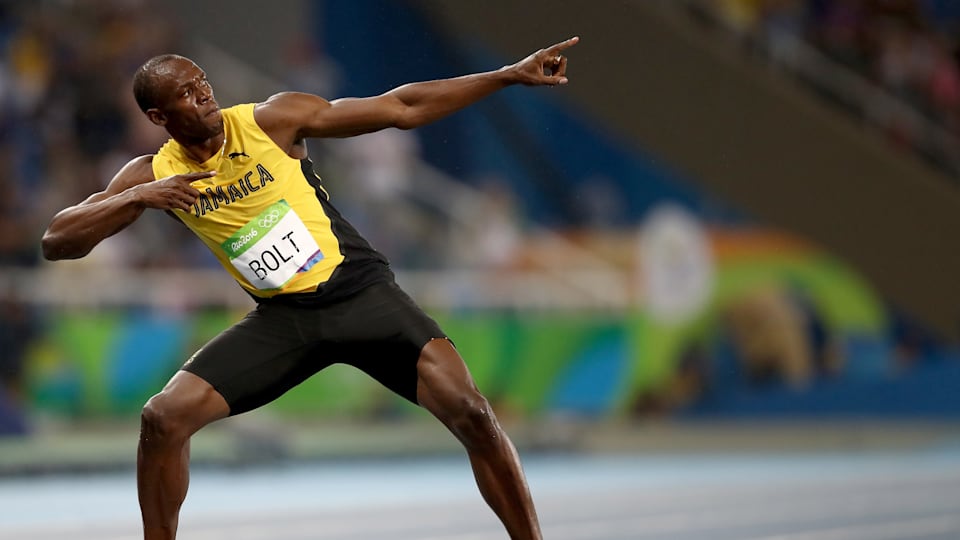
Sprinting is one of the most electrifying events in the Olympics, showcasing the fastest humans on the planet. Over the decades, sprinting techniques and training methods have evolved dramatically. This blog explores the transformation of Olympic sprinting, highlighting the contributions of key athletes and coaches who have shaped the sport.
Jesse Owens: A Pioneer in Sprinting
Jesse Owens is a name synonymous with Olympic greatness. His performance at the 1936 Berlin Olympics remains legendary. Owens won four gold medals and broke several records, but his techniques were markedly different from modern sprinting.
Technique and Training
Owens’ sprinting technique was relatively straightforward compared to today’s standards. He relied heavily on his natural speed and raw athleticism. His starts were explosive, but his stride was less refined than what we see in current sprinters. Owens trained on cinder tracks, which were much slower than the synthetic tracks used today.
Impact on the Sport
Owens’ success brought significant attention to sprinting, inspiring future generations. His achievements highlighted the importance of sprinting technique, even if the methods were still in their infancy.
The Shift in Technique: The 1960s and 70s
The 1960s and 70s marked a period of considerable change in sprinting techniques. Athletes began to pay more attention to biomechanics, and the influence of science in sports started to grow.
Tommy Smith and John Carlos
At the 1968 Mexico City Olympics, Tommy Smith and John Carlos made history both on and off the track. Smith set a world record in the 200 meters with a time of 19.83 seconds. His technique, characterized by a powerful start and a fluid, elongated stride, showcased the benefits of improved biomechanics and specialized training.
Coaching Innovations
Coaches began to experiment with different training methods. Speed drills, resistance training, and plyometrics became more common. These methods aimed to improve both the explosive power and the endurance of sprinters.
The 1980s and 90s: Precision and Power
The 1980s and 90s saw further refinement in sprinting techniques. Athletes became more like finely tuned machines, with every aspect of their training and performance meticulously analyzed.
Carl Lewis
Carl Lewis dominated sprinting in the 1980s. His flawless technique, characterized by an efficient start and powerful acceleration, set new standards in the sport. Lewis’ ability to maintain top speed over the latter part of the race was particularly impressive.
The Role of Technology
The introduction of advanced technology allowed for better analysis of sprinting techniques. High-speed cameras and biomechanical analysis tools helped coaches and athletes understand the nuances of sprinting form. This led to more personalized training programs tailored to each athlete’s strengths and weaknesses.
The Bolt Era: Redefining Speed
Usain Bolt’s emergence in the mid-2000s revolutionized sprinting. His unprecedented success and unique style captivated the world and pushed the boundaries of what was considered possible in the sport.
Unmatched Technique
Bolt’s technique broke the mold. Standing at 6’5″, his long strides and upright running style were initially seen as disadvantages. However, Bolt turned these perceived weaknesses into strengths. His ability to cover more ground with fewer strides gave him a significant edge.
Training Innovations
Bolt’s training regimen, developed by coach Glen Mills, was groundbreaking. It combined traditional sprint training with elements of strength training, flexibility, and agility drills. This holistic approach not only improved Bolt’s speed but also his overall athleticism.
Mental Fortitude
Beyond physical prowess, Bolt’s mental strength set him apart. His confidence, focus, and ability to perform under pressure were key components of his success. Bolt’s playful yet competitive nature also helped him handle the immense pressure of international competition.
Contributions of Coaches
Coaches have played a pivotal role in the evolution of sprinting techniques. Their innovations and dedication have helped athletes reach new heights.
Clyde Hart
Clyde Hart, who coached Michael Johnson, emphasized the importance of race strategy and mental preparation. Johnson’s “upright” running style and distinctive technique were honed under Hart’s guidance, leading to multiple Olympic gold medals and world records.
Glen Mills
Glen Mills’ work with Usain Bolt highlighted the importance of a personalized training approach. Mills focused on developing Bolt’s natural abilities while addressing his weaknesses, creating a training plan that maximized his potential.
The Future of Sprinting
As technology and science continue to advance, so too will the techniques and training methods used in sprinting. The future promises even faster times and more efficient runners.
Technological Integration
The integration of technology, such as wearable devices that track biomechanics and performance metrics in real-time, will continue to enhance training methods. These advancements will allow for more precise adjustments and improvements in technique.
Holistic Training
A holistic approach to training, incorporating mental conditioning, nutrition, and recovery strategies, will become increasingly important. This comprehensive focus will help athletes maintain peak performance while minimizing the risk of injury.
The evolution of sprinting techniques in the Olympics, from Jesse Owens to Usain Bolt, showcases the continuous pursuit of excellence in the sport. Each era brought new innovations, refined techniques, and exceptional athletes who pushed the limits of human speed.
As we look to the future, the legacy of these sprinting legends and their coaches will inspire new generations to reach even greater heights. Sprinting, with its blend of power, precision, and speed, will continue to be one of the most thrilling and dynamic events in the Olympic Games.


